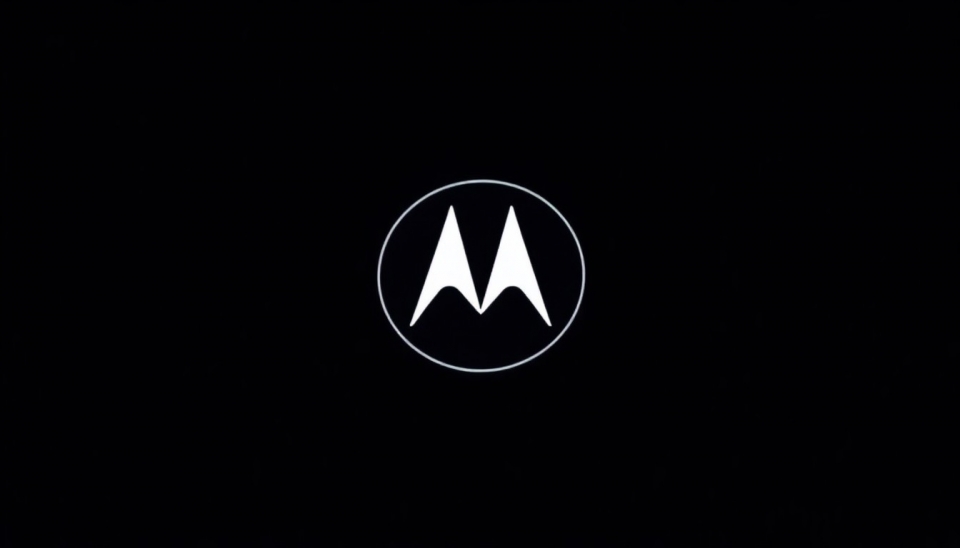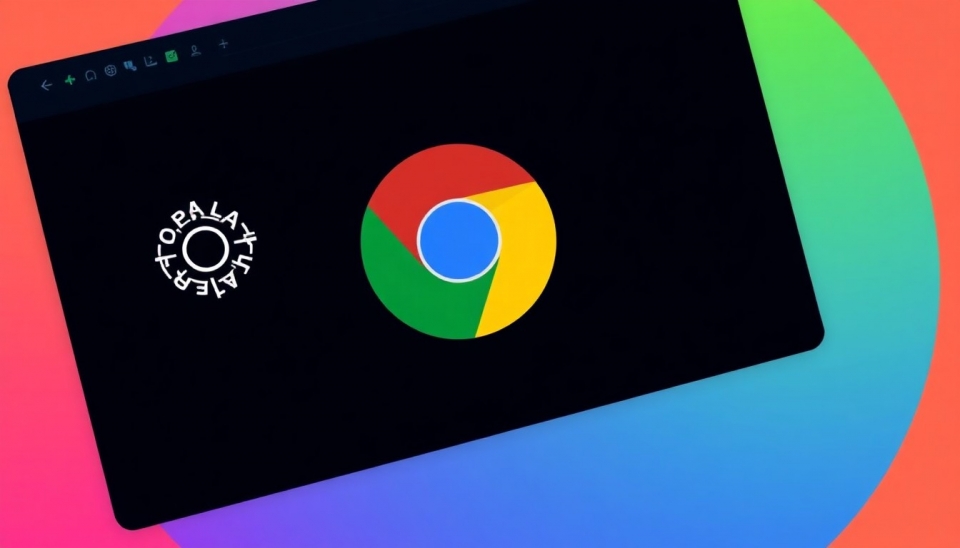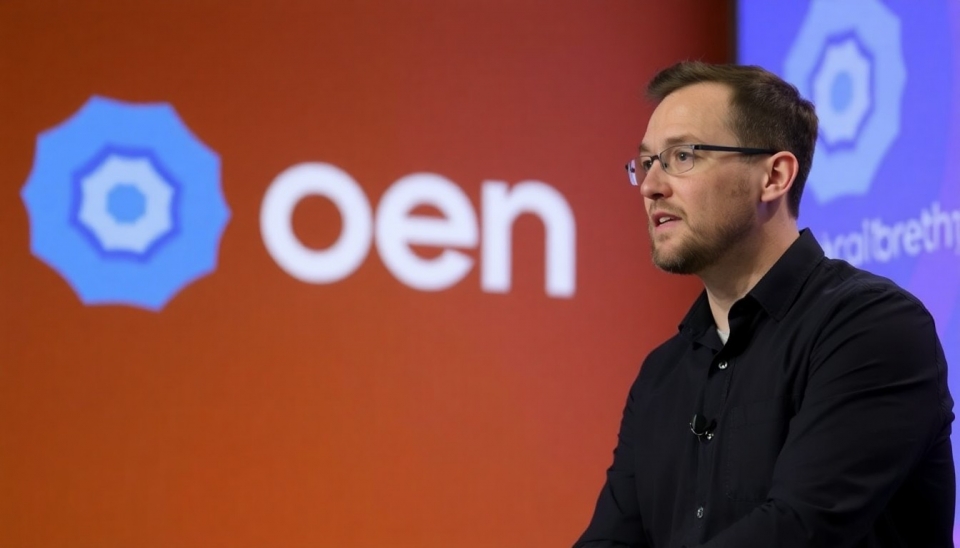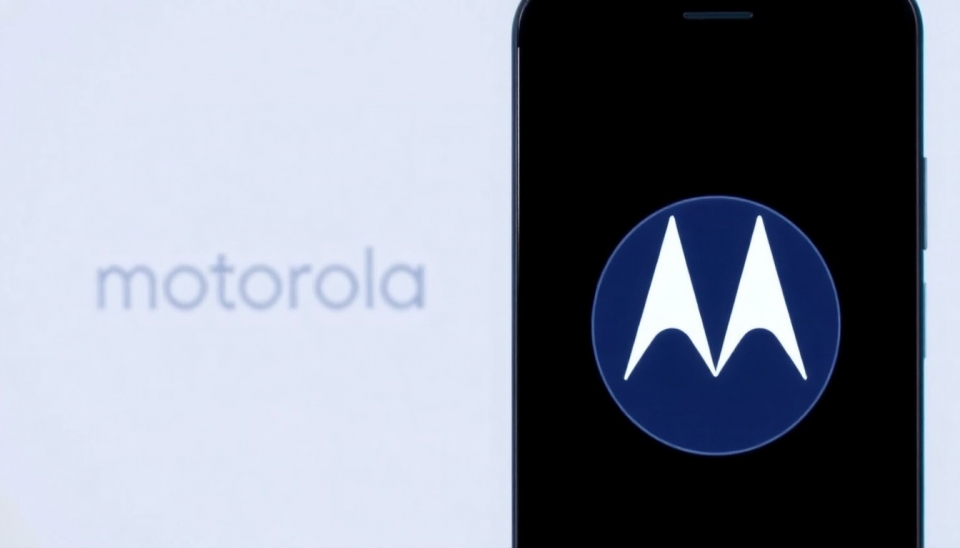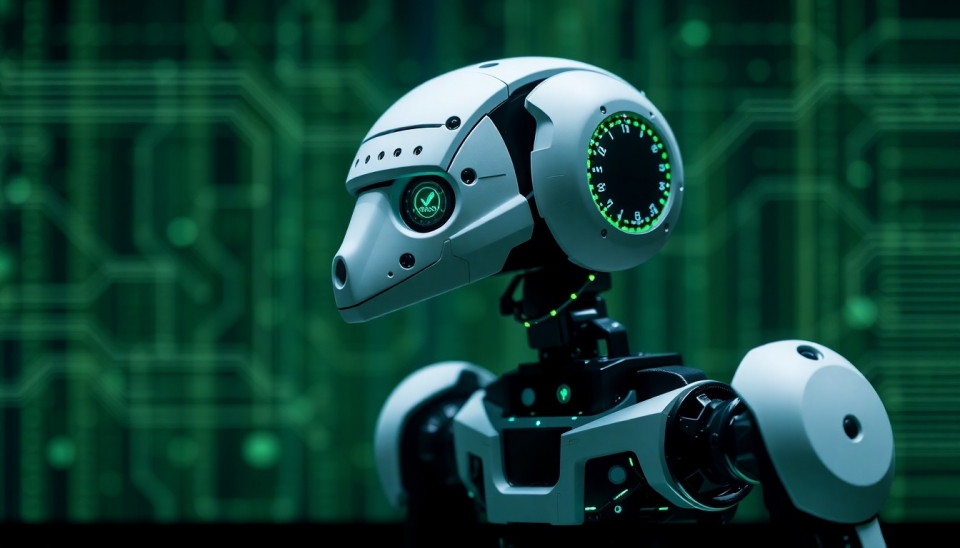
In a bold move signaling its commitment to advancing artificial intelligence in the robotics arena, Google recently announced the launch of its latest AI model specifically designed for robotics applications. This groundbreaking model not only showcases Google's technological prowess but also sets the stage for intense competition among leading players in the AI sector, including Meta and OpenAI.
The AI model, named RoboticsGPT, employs advanced machine learning techniques to enhance the manipulation and understanding capabilities of robots. This model has been designed to address complex tasks in real-world environments, enabling robots to perform functions that require adaptability and precision. Google's development team emphasized that the RoboticsGPT framework is capable of learning from its environment, thus allowing for more intuitive interactions with humans and surrounding objects.
According to Google's executives, the RoboticsGPT model harnesses the company’s extensive research in AI and deep learning, integrating these findings into a platform that can seamlessly drive various robotic applications. Key performance indicators highlighted during the launch include significant improvements in task execution speed and accuracy, which are critical for industries relying on robotic solutions.
During the demonstration, a robot equipped with the new AI model showcased its ability to navigate a cluttered space, identify and manipulate objects, and engage effectively with humans. Observers noted the robot's efficient transition between tasks and its remarkable ability to adapt to unforeseen changes in the environment. This versatility is expected to open new avenues for deployment in sectors such as logistics, healthcare, and manufacturing.
Google’s launch comes at a time when the robotics industry is booming, driven by increasing demand for automation and intelligent systems. The introduction of RoboticsGPT is therefore seen as a strategic move to capture a larger share of this rapidly evolving market. The company aims to encourage developers and organizations to build their own applications using the new AI capabilities, thereby fostering innovation and collaboration across the sector.
Industry analysts have pointed out that the competition for dominance in the AI-driven robotics space is heating up. Meta, with its own AI research initiatives, and OpenAI, known for its cutting-edge GPT models, will undoubtedly respond to Google's advancements. The intense rivalry among these tech giants is expected to accelerate innovation in robotics AI, ultimately benefiting consumers and businesses alike.
As the capabilities of these AI models expand, so too does the conversation around ethical considerations and safety in robotic applications. Google has stated that it is committed to incorporating safety measures and ethical guidelines in the deployment of its robotic systems, aiming to ensure responsible use of technology in everyday scenarios.
The unveiling of the RoboticsGPT model has not only solidified Google's position in the realm of artificial intelligence but has also set the tone for a new era in robotics innovation. With research and development efforts being ramped up, the next few years promise to be a thrilling time for advancements in the interaction between AI and robotics.
As the landscape of AI-driven robotics evolves, stakeholders will be closely watching how companies like Google, Meta, and OpenAI navigate this competitive environment and push the boundaries of what robots can achieve.
#Google #Robotics #AI #MachineLearning #RoboticsGPT #Innovation #Technology #Meta #OpenAI #Automation #FutureOfWork
Author: Liam Carter

